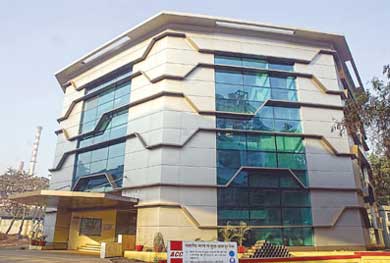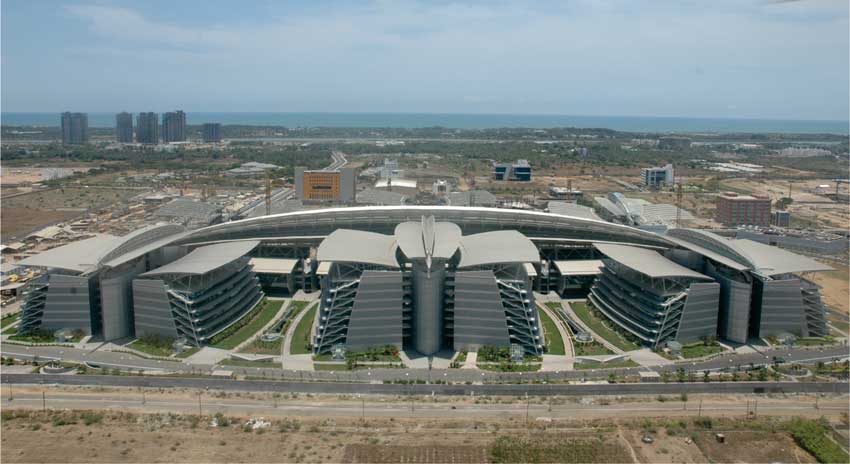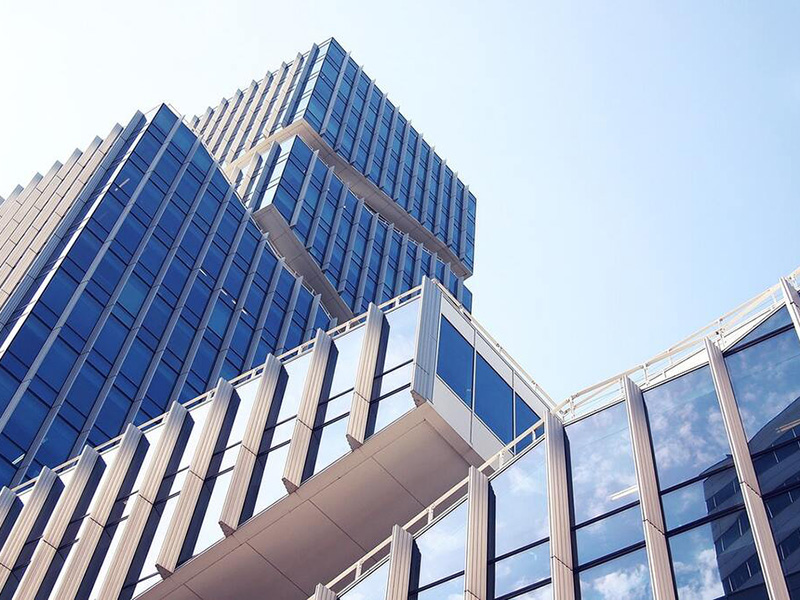How it all started?

In India, this movement was adopted by the Confederation of Indian Industry (CII) in the early part of this decade. They formed the Indian Green Building Council which is actively involved in promoting the Green Building concept in India.

The Leadership in Energy and Environmental Design (LEED-INDIA) Green Building Rating System is a nationally and internationally accepted benchmark for the design, construction and operation of high performance green buildings. It promotes a whole-building approach to sustainability by recognizing performance in key areas:
- Sustainable site
- Water efficiency
- Energy efficiency and renewable energy
- Conservation of materials and resources
- Indoor environmental quality
- Regional Priority

Why are green buildings so relevant now?
There is no debating that the human race is growing faster than the planet earth can sustain. This unsustainable growth is clearly causing certain environmental changes that need to be reversed or at least slowed down. Now, there are many different things we can do by correcting our ways and by minimising environmental degradation. But green buildings seem to be the lowest hanging fruit in this quest to achieve sustainable growth. Characteristics such as, buildings being responsible for a large portion of our emissions, green buildings being easy to design and build, they do not cost too much and there is no lobby against green buildings unlike other clean development measures that make them a very attractive option for the governments to pursue.The global environmental factors aside, I believe in the Indian context, it is only common sense to build green. India is a large country with a large population and big problems. It is practically impossible even for the most efficient government to supply water and electricity to 1.3 billion people and also manage the waste generated by them at no additional cost. We are a water deficient country and the energy crisis seems to be perennial in nature. Moreover, the unsustainable energy and water policies are not helping the cause. Hence I believe its only "common sense" to insulate oneself from the resource crunch and strive towards self-sufficiency and smarter living. This realisation has contributed immensely to the growth and promotion of green buildings.

Apart from that, green buildings offer the developers, builders and architects an opportunity to get out of the rut that has come about due to the lack of differentiation in projects. Green building has now become "something new" that was not donein the past. Developers are trying hard to leverage their green building credentials for branding purposes and tapping into the new niche market.
What does the future hold?
India currently has close 1500 buildings registered to be certified green with over a billion square feet of built up area. The green building market is expected to touch $50 billion by the end of 2012, creating thousands of jobs in the process. I am extremely optimistic about the future of this sector in India. Green buildings and the concept of smarter living offers tremendous opportunity for overhauling an average Indian's lifestyle.As the general public become more aware of the benefits of green buildings, developers will get creative and find new ways to brand, market and sell green buildings, hence creating a conducive atmosphere for the sector to grow exponentially. One only hopes this frantic activity remains clean and green the way it was envisaged to be.















